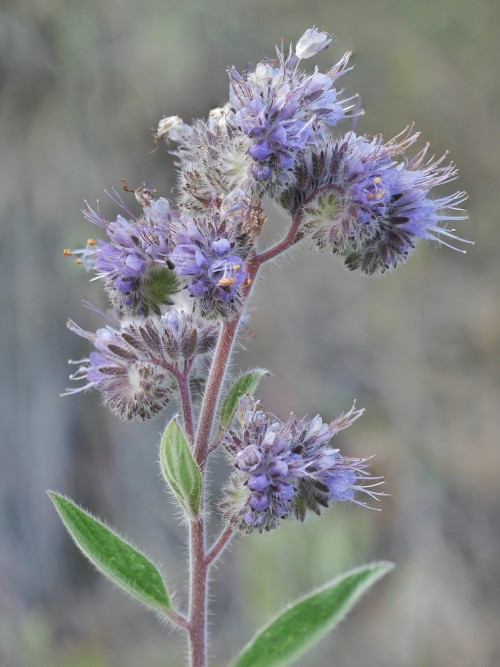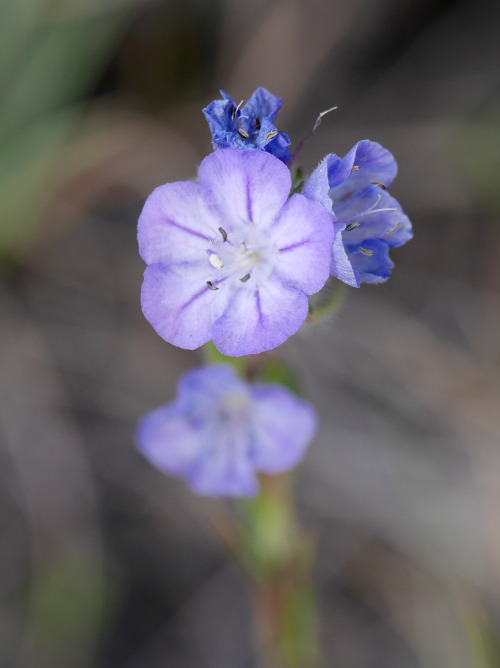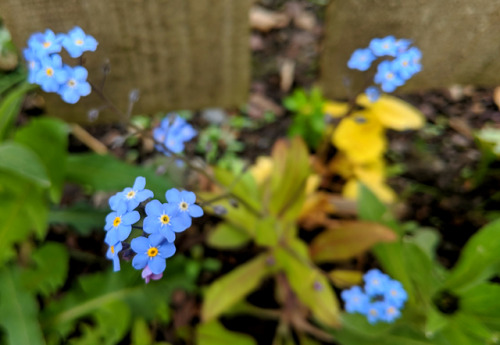#boraginaceae
Blue and violet wildflowers in-bloom in the first week of June
(from top-to-bottom, left-to-right: Penstemonsp.,Mertensia longiflora,Delphinium bicolor,Lupinus sericeus,Viola adunca,Linum lewisii,Mertensia paniculata)
Lolo National Forest, MT
June 2014, 2015, 2016
Robert Niese
I finally have an instagram with loads of not-so-sciencey nature and personal content! Feel free to drop by and peak into the life of a nerdy natural historian! www.instagram.com/robertniese/
Post link
Hydrophyllum tenuipes “Pacific Waterleaf” Hydrophyllaceae/Boraginaceae
Olympic National Park, WA
June 5, 2013
Robert Niese
While we’re on the topic of Hydrophyllaceaous plants, here’s another from the low, wet forests of the coastal PNW. Like most members of this pseudo-family, these flowers exhibit unmistakable exerted stamens. These plants are endemic to the PNW and can be found anywhere west of the Cascades, usually near rivers or streams. It’s also interesting to note, like the other Hydrophylls I’ve been posting lately, these plants produce flowers whose color varies from cream to deep violet. A quick google image search suggests that most individuals are white, but all the images I have collected personally are purple. Perhaps I tend to only encounter the purple varieties, but it seems far more likely that I simply prefer to photograph purple plants over white ones. It’s interesting that this unconscious bias may have influenced my perhaps unfounded perception of these populations being predominantly purple.
Post link
Phacelia heterophylla “Varileaf Scorpionweed” Hydrophyllaceae/Boraginaceae
Mt. Sentinel, Lolo National Forest, MT
June 13, 2016
Robert Niese
As I mentioned in my last post, I’m not very familiar with members of the genus Phacelia, but this species perfectly exemplifies why they have received the common name, “scorpionweeds.” Those tightly coiled flower heads will progressively unravel until they’re long and straight (a very Boraginaceaous growth pattern). P. heterophylla is an abundant, weedy species in our area, and, unlike elsewhere in its range where their flowers are drab and white, here in Missoula ours tend to be deep lavender in color!
Post link
Phacelia linearis “Thread-leaf Phacelia” Hydrophyllaceae/Boraginaceae
Mt. Sentinel, Lolo National Forest, MT
June 13, 2016
Robert Niese
I can’t say I’m particularly familiar with the genus Phacelia. In fact, I was quite stumped when I first photographed this flower on the trails behind the university. Turns out, Phaceliahas perplexed botanists as well over the last few decades as well. Most members of this genus are called scorpionweeds (for obvious reasons which I’ll elucidate in my next post), but this particular species is definitely not recognizable as such. Its large, broadly campanulate flowers are not what I immediately associate with members of Hydrophyllaceae either. What’s more, the family Hydrophyllaceae is now accepted as a subfamily within Boraginaceae, and this plant absolutely does not remind me of forget-me-notsandbluebells. So in summary, the Thread-leaf Phacelia is an oddball in the world of Phacelias and the genus Phaceliais generally also odd as a member of Hydrophyllaceae which, oddly enough, has odd traits that do not conform to those that tend to be most common in the family Boraginaceae, to which it now belongs.
Post link
Beautiful purple flowers of Anchusa undulate (Boraginaceae) photographed at Givat Olga, Hadera, Haifa, Israel.
The flowers of this Mediterranean and rather common perennial are quite small (less than 10 mm in diameter), but they appear in large numbers on their stalks of the plant, and their color is very attractive.
Anchusa undulata was described by Carl Linnaeus and published in Species Plantarum 1: 131. 1753 [source].
Post link
True Blue Flowers at the allotment /part 1
You know I love blue flowers, but you might have not noticed how uncommon ‘true blue’ flowers actually are in nature. In the animal world, the presence of this colour is often just an optical effect caused by how light is absorbed and refracts in particular structures. In plants, however, different shades of real blue are the result of chemical changes that alter the red and purple anthocyanin pigments present in a large variety of species.
This is not a common process and it has proven to be particularly challenging to replicate artificially. If you like technical details, here you can read about how the first -passably- blue Chrysanthemum was created.
Some plant families though, seem to have mastered this prodigious alchemical feat and produced a good variety of sky-coloured species, which have been further diversified artificially in as many cultivars. Probably the most prominent of these families, the Boraginaceae has gifted us with some of the most common blue wildlfowers you could encounter in temperate areas, and plenty of garden ornamental plants.
In the photos above you can see members of this family currently blooming at my veg plot and, if you look closely, you can see how the flower buds on all these plants look pink, but the pigments start changing as they open to reveal different shades of true blue:
-Borago officinalis, borage: annual herbaceous
-Lithodora diffusa ‘Blue Star’&‘Heavenly Blue’: evergreen subshrubs
-Brunnera macrophylla ‘Jack Frost’, Siberian bugloss: deciduous herbaceous perennial
-Myosotis scorpioides, water forget-me-not: herbaceous perennial
-Myosotis arvensis, field forget-me-not: herbaceous annual or short-lived perennial
Now check back in a few years please, I’m on my way to holding the national collection of Boraginaceae and the largest variety of blue flowers in one garden ;)
Post link













